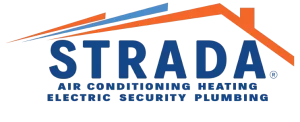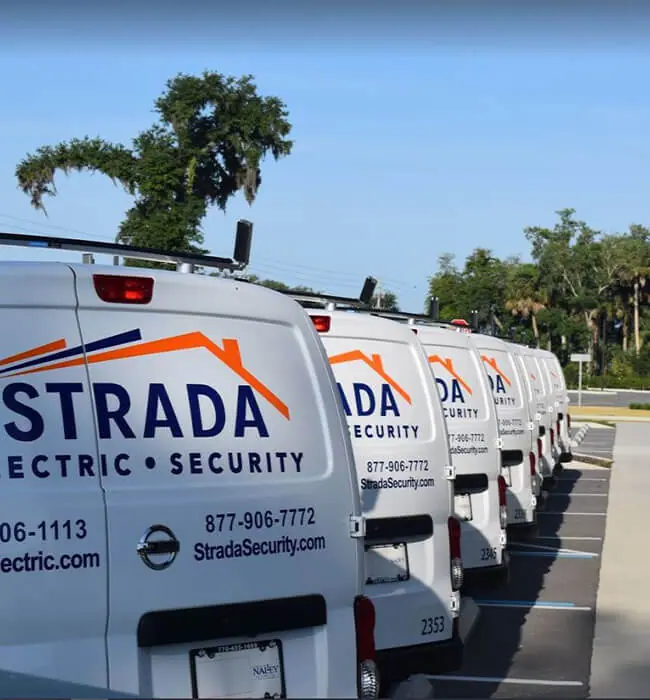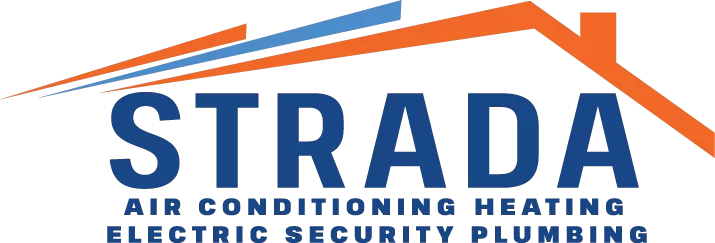15 Amp Outlet receptacles are found in the living room, bedroom, garage & patio. These outlets are not recommended for vacuums, refrigerators or freezers. 20 Amp Outlets receptacles are found in the dining room, breakfast nook, kitchen, and bathrooms. The kitchen and bathrooms are GFCI protected. These outlets are ideal for items like vacuums and hair dryers with only one outlet in use at a time, per room.
Solution: Check the breaker, reset if tripped *.
Garage/Exterior Outlets are found outside your home and are protected by a AF/GFCI Breaker.
Problem: No power to outside receptacles
Our Solution: Locate the AF/GFCI device and reset and/or check the breaker, reset if tripped *
Unplug surge protectors, fluorescent lights with electronic ballasts, and lighting controls with LED displays connected to the circuit. This can create load that causes the breaker to trip. Reset the breaker and reconnect items one at a time. If the breaker trips during this process, remove the device.




